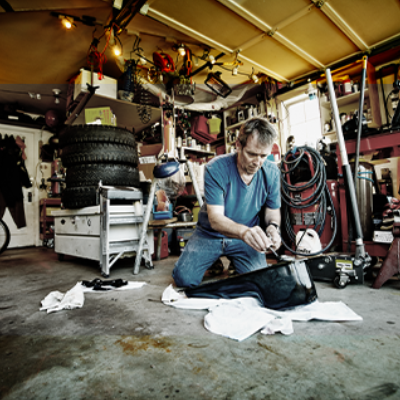- Home
- Services
- Remanufacturing of car parts
- ABS pump remanufacturing
ABS pump remanufacturing

The ABS pump is not repairable but a system failure doesn't always mean that it has to be replaced. Frequently the pump operation is affected by a failure of its controller. The controller is repairable; however, you need specialist tools to fix it. This is why you should have it done by a specialized garage. After reconditioning the controller the system works properly but its life span is be much shorter than that of a new one's.
Tips
- The most frequent cause of an ABS pump failure is damage to its electronic components, usually the controller
- Remember to bleed the braking system after replacing the ABS pump
Scope of services
- Removing the faulty pump
- Repairing its components or the controller
- Fitting the repaired component back in
- Refilling the system with fresh braking fluid
- Bleeding the system
Find a car workshop
Check out our workshops that offer the service abs pump remanufacturing in some of the biggest cities in your country
Additional info about the service
What is the role of the ABS system?
The ABS system prevents the car's wheels from blocking during sudden braking. A car equipped with an ABS system remains manoeuvrable even during hard braking, allowing the driver to bypass an obstacle while significantly decelerating the car. All modern cars are obligatorily equipped with an ABS system. Brakes equipped with an ABS system substantially work the same way as the conventional brakes, however, they are equipped with an ABS pump, also referred to as the modulator, fitted into the hydraulic hoses system. The pump controls the pressure in the braking system when the ABS controller detects a wheel skid.
How does the ABS pump work?
The ABS pump is comprised of an electric motor, electromagnetic valves and a base to which brake hoses are connected. The ABS pump is not repairable and requires replacing if defective. The replacement process is complicated as it requires disconnecting brake hoses by means of a special tool, followed by disconnecting electric cables, and, finally, the pump itself.
What to keep in mind?
After disconnecting the old pump and connecting a new one, the system must be refilled with brake fluid and vented. Removing air from the ABS system requires a diagnostic tester, which controls the opening of the pump valves, allowing removal of air from all of its circuits. Finally, a test drive should be performed in order to make sure that the brakes operate properly and that the elements disconnected during the replacement do not leak braking fluid.